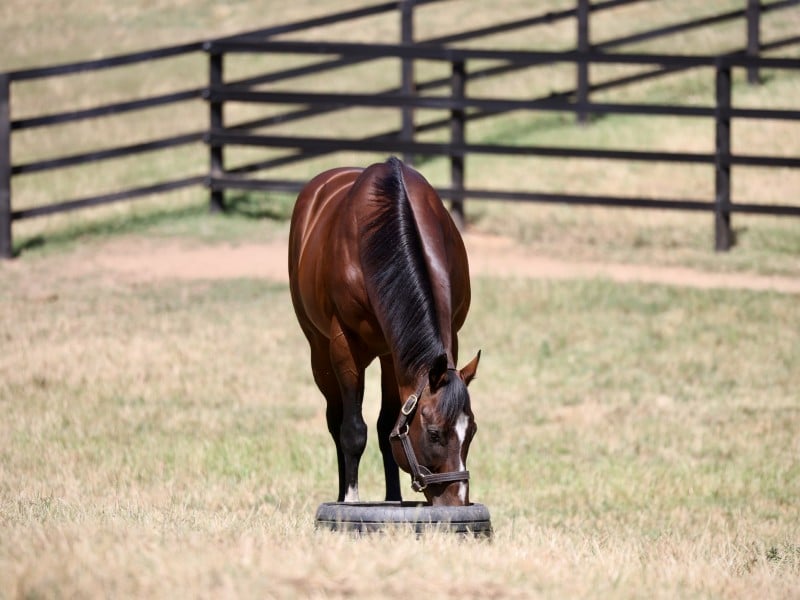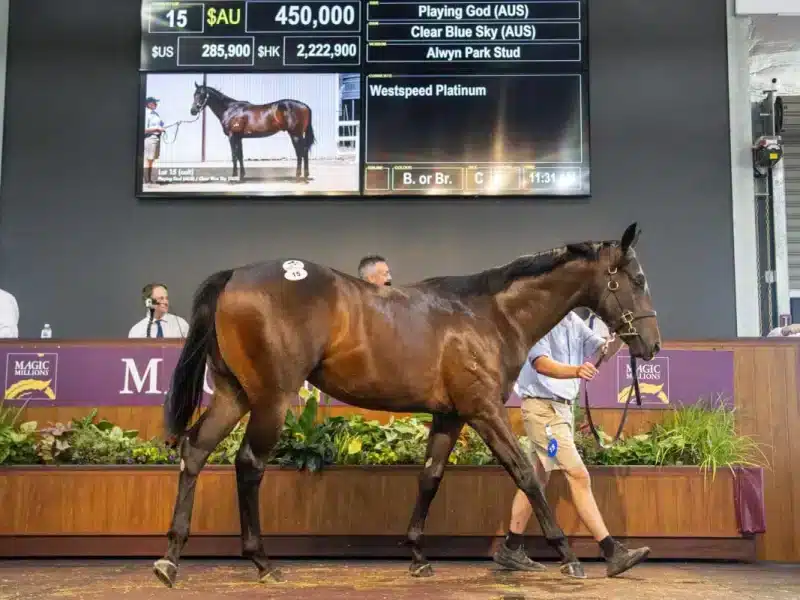Weanling sales – the art of getting ahead of the game
As the son of a bloodstock agent, Shane McGrath has forged his own career in buying and selling horses, living by a simple philosophy.
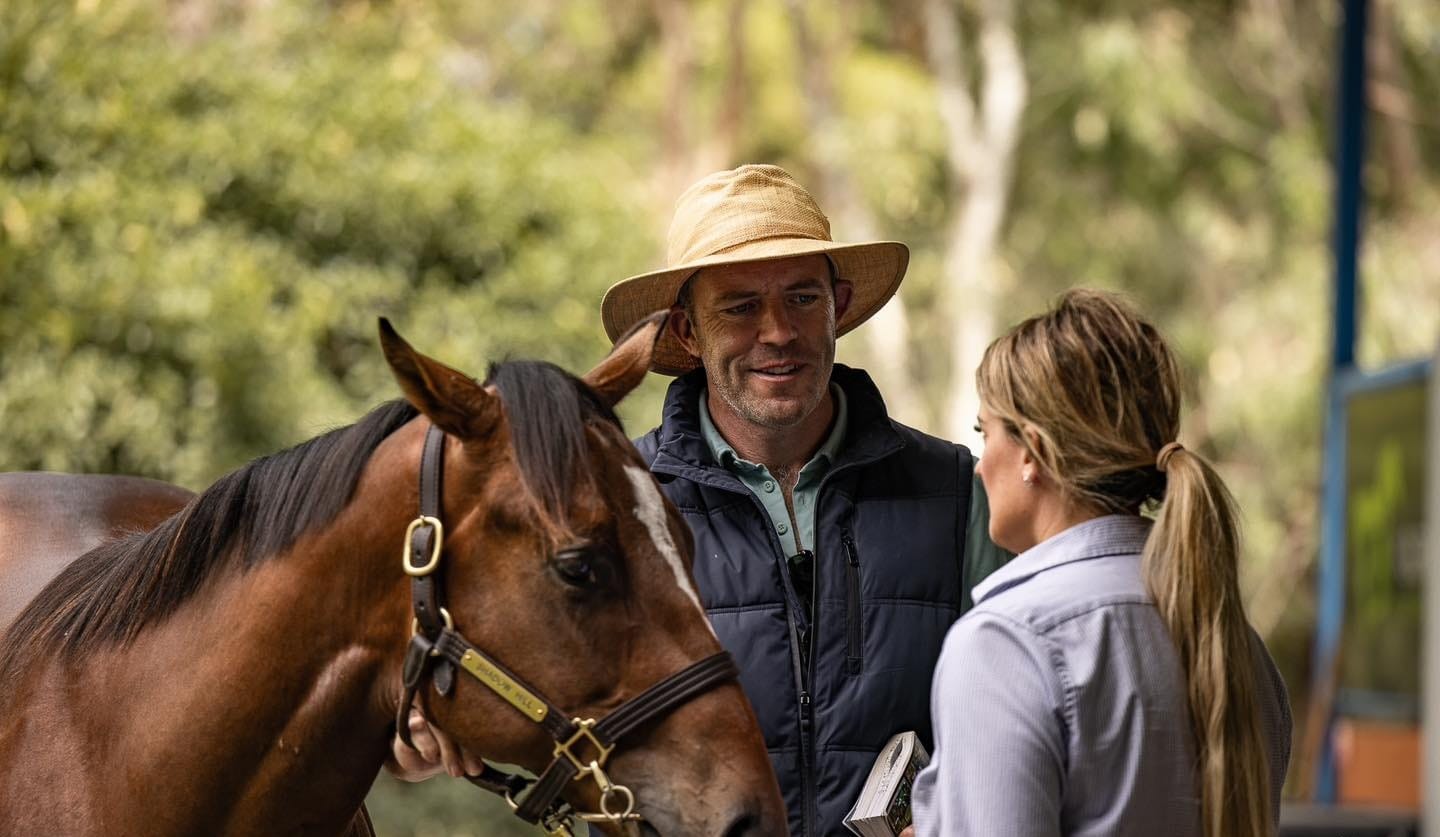
“I grew up in the trading element. We were always trading. Ponies, showjumpers, national hunt horses. Flat horses,” he says.
“But you never fell in love with them. You bought them because you thought there was an opportunity someone else might not see.”
But on the eve of Australia’s first weanling sale for 2024, McGrath can reflect on the day he came across a filly that has turned out to be one of the stars of this season’s juvenile ranks.
And because he wasn’t buying to sell later at a yearling sale like the industry figures who are known as pinhookers, McGrath could easily ignore one of his golden rules.
“I loved her from the moment I saw her,” he said
“She had strength, she had scope. She had the most beautiful head and a really sweet action.”
The filly now races as Hayasugi, and she has been McGrath’s dream purchase as this year’s Blue Diamond Stakes winner.
Weanling buys have left their mark on Australian racing this season thanks to Hayasugi and a stunning debut from Stanley Express to claim the $1 million Showdown.
Both race out of the Clinton McDonald stable in Melbourne but they share much more history with each other than simply having the same trainer.
McGrath had the foresight to select the pair as weanlings in two pieces of judgment that were not lost on McDonald after Stanley Express overpowered his Showdown rivals.
“The best in the business, Shane McGrath, he found him,” McDonald declared.
McGrath signed for Hayasugi as a $47,500 weanling from Inglis’ Australian Weanling Sale and Stanley Express for $110,000 out of Magic Millions’ National Weanling Sale.
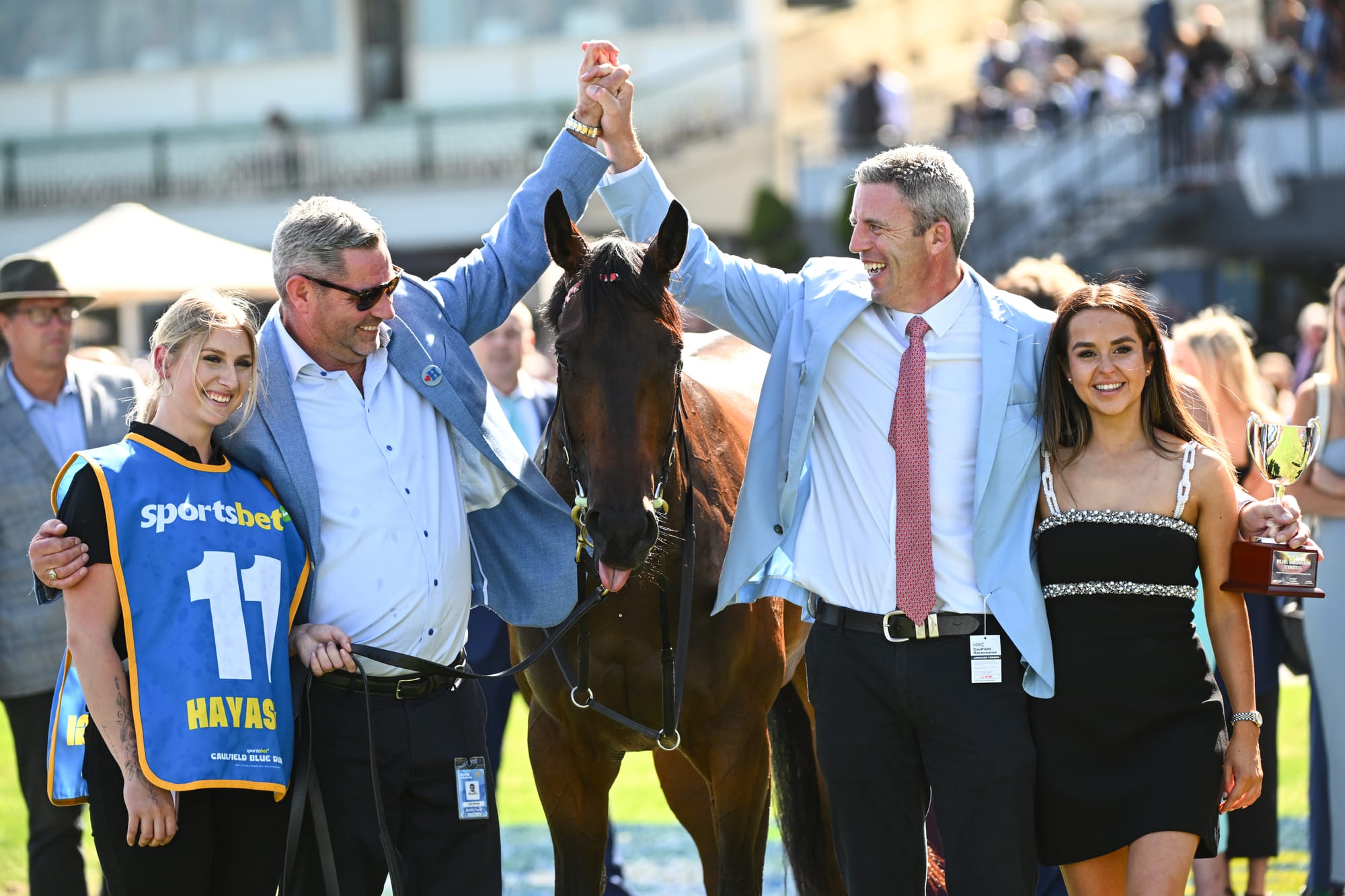
Hayasugi was purchased to race for Cara Mok, the wife of McGrath’s fellow Harbour Racing director Alex Leung, while Stanley Express seemed to fit the criteria for a potential Hong Kong career.
McGrath was previously chief executive of Aquis in Australia and his involvement in the sale of Royal Meeting, a Group 1-winning son of Invincible Spirit, for stud duties, initially at Aquis, led him to cross paths with Hayasugi.
“I was looking at all the Royal Meetings (in the sale), purely for my own self-interest and I came across this filly,” he said.
“I rang Alex and said ‘I’ve got the filly for your wife’.
“Lucky to land on her, really. Mind you, I probably thought she was fair value. She didn’t have a big pedigree but she was a lovely type.”

McGrath says that Stanley Express always gave him the impression that he would turn out to be the strapping colt that made such an instant impression at Caulfield last week.
“He was a man among boys as a weanling. Maybe some of the pinhookers thought he might have been a bit too big or too heavy for their job,” he said.
“I don’t mind them being big as long as everything is in the right place.
“He had everything I like to see. Good bone and strength. Had lovely short cannons on him. A lovely cannon-forearm ratio and powerful hindquarter.
“And I didn’t have to crystal-ball with him as much as Hayasugi. I could always see the development in the horse. I thought he would just take a little bit of time as long as he didn’t get too heavy too quickly.
“But everything else was there from what I could see, and it’s fortunate it worked out.”
Australian weanling auctions have come a long way since they were once described in the 1990s as an avenue for “dragging a weanling out of a paddock and sticking it in a sale”.
There is an attention to detail among vendors that has been rewarded in the average cost of an Australian weanling almost doubling from $27,453 in 2014 to $47,092 last year.
During that time, two of Australian racing’s greatest pinhooking results have unfolded.
Pierro sold for $115,000 as a weanling during a Darley Stud reduction before making $230,000 as a yearling eight months later.
.
The colt won the 2012 Golden Slipper, earning more than $4.5 million on the racetrack and embarking on a successful and lucrative stud career.
Zoustar, who will stand at a career-high service fee of $275,000 in 2024, is another example of a breed-shaper who is a graduate of the weanling sale ranks.
He cost $85,000 before making $140,000 as a yearling en route to winning two Group 1 races ahead of rising to the upper echelon of Australian stallions.
There are 448 weanlings catalogued to sell at Inglis’ Australian Weanling Sale, which starts on Monday, and another 377 to go through Magic Millions’ National Weanling Sale later this month.
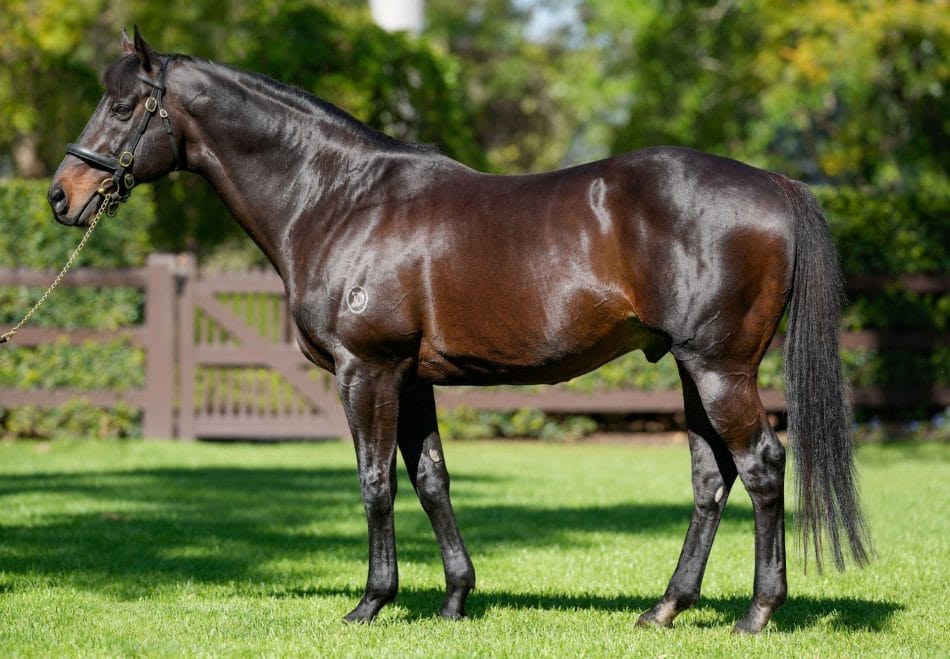
McGrath says weanling sales work well for vendors and buyers as an opportunity to get the inside running on trends that may emerge within the industry.
“It gives you a pretty good feel for new stallions that are coming through and it’s reflective of how stallions are going to be received,” he said.
First-season sires who will be represented by weanling progeny this year include Aclaim, Acrobat, Captivant, Extreme Warrior, Home Affairs, Jonker, Palace Pier, Pinatubo, Portland Sky, Profiteer, St Mark’s Basilica, Stay Inside, Tiger of Malay, Wild Ruler and Wooded.
“Our yearling market has been bullish for 20 years but it’s been off the back of a fairly buoyant weanling sale market,” McGrath said.
“There have been some very, very good pinhookers … and great breeders, particularly in recent times, who have offered a better class of weanling to the market.
“I think the vendors especially in the last 10 years … they are very professional now.
“The foals are so well exercised and educated and that’s reflected in the reward for the ranks of the professional breeders who present to market.”
As for industry swings in 2024, McGrath expects Australia’s weanling sales to again offer something for everyone despite a downturn in the yearling market.
“It gives you a pretty good feel for new stallions that are coming through and it’s reflective of how stallions are going to be received” – Shane McGrath on the value of weanling sales
“You’ve horses that are there for the pinhookers, some to race and then the middle-of-the-road weanlings that are probably unlikely to make a top-tier yearling sale,” he said.
“But it’s not like it is in America and Europe.
“At least we have a market. There is trade at every level and if the average and the median have to come down at least we are turning over and using fresh money to give someone else an opportunity because cash flow is everything.”


